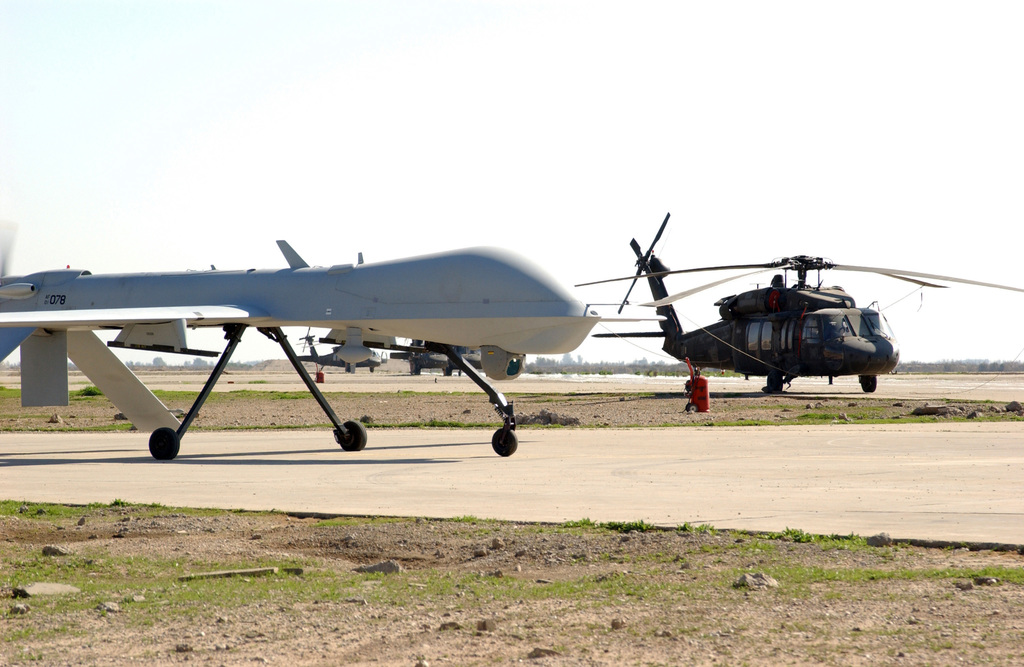
According to a news report from Poland’s defence agency , the Russian army has taken delivery of unmanned helicopters ‘baits’. In a statement Rostec said it had delivered the first batch of a new type of vertical take-off and landing unmanned aerial vehicles to the Russian Federation’s armed forces. These unmanned aerial vehicles have been designed to test the effectiveness of new weapon systems.
Dinamika – AT has been responsible for the development and implementation of these new UAVs, which have a marking of KBLA-IWT.
The new UAVs are in fact unmanned helicopters with a take-off weight of up to 300kg. Powered by an internal combustion engine, they can reach speeds of up to 135 km per hour and have a control range of up to 50 km.
The Russian name for these unmanned helicopters is Unmanned Aerial Vehicle Complex – Air Target Simulator.
The task of these UAVS is to simulate targets for weapons training for air defense systems. The system includes a control station and equipment for ground handling, including a wheeled chassis or a three-wheeled trolley to move the system on combat theatres.
From Rostec’s announcement, it is not clear as to how many of these unmanned helicopters have been delivered. According to Rostec’s reports, the KBLA-IWT was created under contract to develop and implement this unmanned helicopter; the project is being backed by the Ministry of Defense of the Russian Federation.
According to Dinamika-AT, a major player in the production of flight simulators, the KBLA-IWT has been designed keeping in view ease of operations and to provide virtual training. The KBLA-IWT unmanned helicopter can be deployed against a whole range of issues, including agricultural plantings, monitoring forest fires, monitoring transmission lines, as well as the transport of petroleum products. The literature shows that Dinamika-AT is also targeting the civilian market.
Earlier this year in September, the Russian Ministry of Defense commissioned the development of unmanned reconnaissance and attack helicopters which will have a radius of 20-30 km and which can work alongside manned machines, including the modernized Ka-52M. The project is being carried out by the Central Research Institute of the Air Force of the Ministry of Defense of the Russian Federation.
A similar program has also been setup for the navy.
“The unmanned helicopter is being developed to cooperate with the aviation of the land forces. It is planned to conduct joint combat operations of manned and unmanned helicopters that will perform reconnaissance and strike missions” reads a report from the Air Force Central Research Institute.
The unmanned helicopter will feature optoelectronic and radar surveillance systems as well as guided weapons; they will have the capability of recognizing, detecting, identifying and destroying selected targets in collaboration with manned aerial vehicles, including helicopters.
The plan is compatible with the ongoing work aimed at enabling Ka-52M helicopters to work alongside unmanned aerial vehicles similar to those deployed on the American AH-64E Apache Guardian machines. Their armament will includes the Ataka which has a range of 10 km as well as the Hermes-A , which has twice that range.




